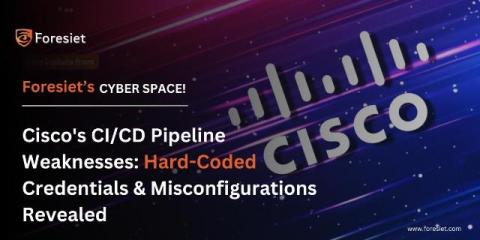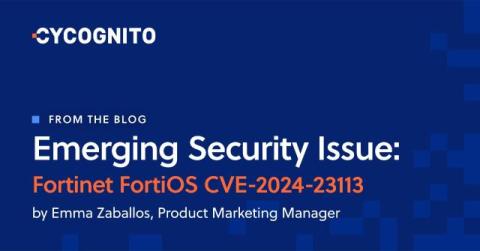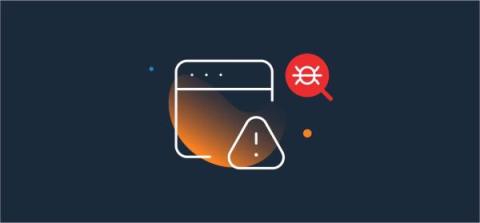Cisco's CI/CD Pipeline Weaknesses:Hard-Coded Credentials & Misconfigurations Revealed
In recent weeks, reports have surfaced regarding a significant breach involving Cisco, exposing sensitive data from various organizations. This blog post delves into the details of the breach, the compromised data, the implicated companies, and the methods used by attackers to gain access to such critical information.











